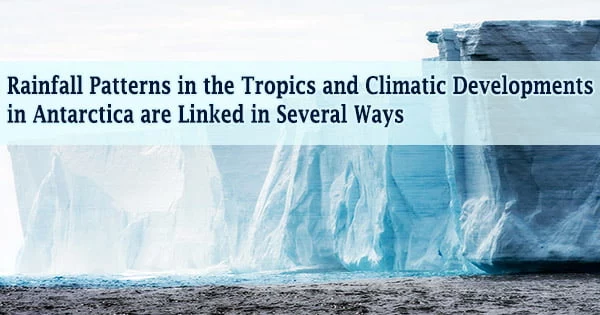A temperate coniferous forest, also known as a boreal forest or taiga, is a biome distinguished by a predominance of coniferous trees and a climate characterized by cold winters and relatively mild summers. The World Wide Fund for Nature defines it as a terrestrial biome. Temperate coniferous forests are found primarily in areas with warm summers and cool winters, and their plant life varies. These forests cover the Northern Hemisphere, including North America, Europe, and Asia, and are the largest terrestrial biome on the planet.
Some are dominated by needleleaf trees, while others are dominated by broadleaf evergreen trees or a mix of both tree types. Tropical coniferous forests are a distinct habitat type found in more tropical climates. Temperate coniferous forests are found along the coasts of regions with mild winters and heavy rainfall, as well as inland in drier climates or montane areas. These forests are home to a variety of tree species, including pine, cedar, fir, and redwood.
There are also many herbaceous and shrub species in the understory. Temperate coniferous forests have the highest biomass levels of any terrestrial ecosystem and are notable for massive trees in temperate rainforest regions.
Key characteristics of temperate coniferous forests include:
Climate
- Cold Winters: Winters are long and harsh, with temperatures often dropping below freezing.
- Mild Summers: Summers are relatively short and mild, with temperatures that are generally cooler than in deciduous forests.
Vegetation:
- Coniferous Trees: The dominant tree species are needle-leaved or scale-leaved evergreen trees, such as spruce, fir, pine, and larch.
- Understory Plants: The understory is typically limited due to the dense canopy of coniferous trees, but you may find some mosses, lichens, and smaller shrubs.
Soil – The soil in temperate coniferous forests is frequently acidic and nutrient-deficient, which can be attributed to the slow decomposition rates in the cold climate.
Wildlife – The fauna in these forests includes a variety of cold-adapted mammals such as moose, elk, deer, bears, and smaller mammals such as squirrels and rodents. Birds such as owls, hawks, and songbirds are also common.
Adaptations – Coniferous trees in these forests have needle-like leaves that reduce water loss and allow them to retain moisture during the winter. Many animals have adapted to seasonal changes by migrating or developing thick fur or feathers to withstand the cold.
Human Impact – These forests are vital to the timber industry, as they supply wood for construction and paper production. Logging and industrial development, for example, can have a significant impact on these ecosystems and their biodiversity.
Temperate coniferous forests play an important role in global carbon cycles because coniferous trees sequester carbon dioxide efficiently. They also serve as a home for a variety of plant and animal species, contributing to overall biodiversity. These forests’ conservation and sustainable management are critical for preserving their ecological balance and the services they provide to both nature and human communities.
















